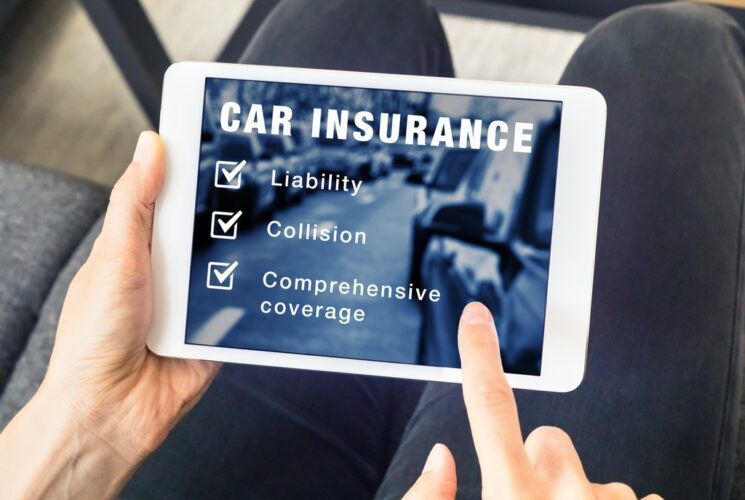
Auto insurance is mandatory in most states, but determining the right amount of coverage can be confusing. Understanding the various coverage options and their significance is crucial to ensure adequate protection on the road. This article will delve into the main parts of auto insurance, explore the recommended coverage amounts, and discuss the importance of additional coverage options such as gap insurance.
Car insurance is mandatory in almost all states in the United States. While the specific requirements may vary, the primary purpose is to protect drivers, passengers, and other parties involved in accidents. It provides financial coverage for property damage, medical expenses, and legal liabilities from an accident.
The amount of car insurance coverage you need depends on several factors, including state requirements, the value of your vehicle, and your personal circumstances. While state laws set minimum coverage limits, opting for higher coverage levels is often advisable to ensure adequate protection. Consider your assets, income, and potential medical expenses when determining your coverage needs.
Liability coverage is commonly expressed as three numbers: 100/300/100. These numbers represent the coverage limits in thousands of dollars for the following:
– Bodily injury liability per person
– Bodily injury liability per accident
– Property damage liability
For example, a 100/300/100 coverage means you have $100,000 in coverage per person for bodily injury, $300,000 coverage per accident for bodily injury, and $100,000 coverage for property damage.
Choosing the appropriate coverage amount depends on your assets, income, and potential liabilities. Higher coverage limits protect against costly lawsuits and medical expenses resulting from accidents. Consult your insurance agent or broker to figure out the most suitable coverage amounts for your situation.
Gap insurance is optional coverage. It can be beneficial if you have a car loan or lease. It covers the “gap” between the cash value of the car and the remaining balance on your loan or lease. In the event of theft or an accident, where the insurance payout may not cover your outstanding loan or lease balance, gap insurance can protect you from financial losses.
While gap insurance is not required, it can provide peace of mind and protect your finances when you owe more on your vehicle than it is worth.
© InsiderScoop